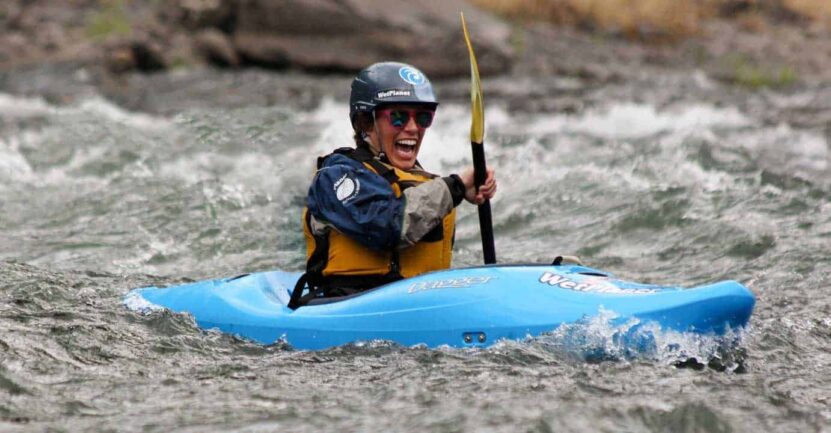When I first got into whitewater kayaking, I thought any kayak would do. After all, a boat’s a boat, right? Well, not quite. I quickly learned that the quality of your kayak can make or break your experience out on the water.
It’s not just about getting from point A to point B as comfort, control, and safety matter a lot—especially when you’re tackling rapids.
A high-quality kayak doesn’t just float better; it handles like a dream, responds to your movements, and lasts longer. You’ll feel the difference from your first paddle stroke, and that confidence on the water is priceless.
High-Quality Kayak Is a Must for Whitewater Adventures
When it comes to whitewater kayaking, not all kayaks grant the same results. High-quality ones provide several advantages that make them far superior to their cheaper counterparts.
These are crafted with precision, designed to withstand harsh environments, and optimized for specific water conditions. Below are the main reasons to invest in a quality kayak:
1. Better Performance and Control
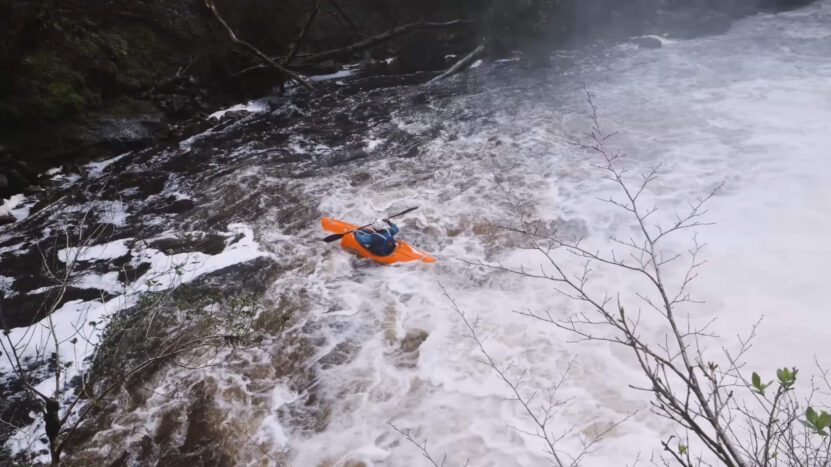
Performance is crucial in whitewater kayaking. A high-quality kayak allows for better maneuverability, handling sharp turns, and staying stable in fast-moving waters.
Kayaks like the Dagger Mamba are designed to provide maximum stability, keeping paddlers in control even in tricky conditions.
- Optimized Hull Design: The shape of a kayak’s hull directly impacts how it moves through the water. High-end kayaks often come with displacement hulls that allow for better tracking and speed.
- Increased Stability: Higher-end models are more stable, making them perfect for both beginners and experienced paddlers. Stability reduces the chances of capsizing, giving you peace of mind in rough waters.
2. Long-Lasting Durability
Quality kayaks are made from materials like reinforced PVC or polyethylene, which resist abrasion and impact.
Cheaper models are more likely to wear out or even crack after prolonged use.
- Material Quality: Brands like AIRE and Pyranha produce models that use durable materials to handle the wear and tear of whitewater conditions.
3. Safety and Comfort
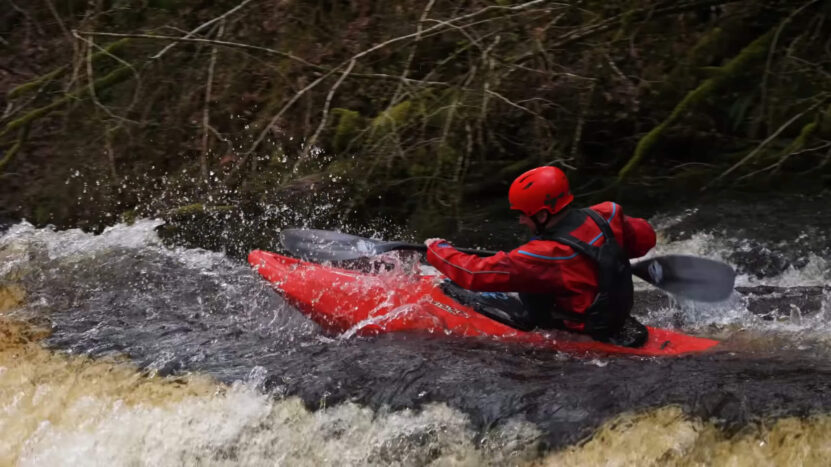
Features like self-bailing floors help remove water that enters the boat, keeping you drier.
Comfortable seating arrangements, thigh straps, and footrests make your journey less tiring, especially on longer runs.
- Advanced Safety Features: High-end kayaks come with features like reinforced hulls, safety handles, and watertight compartments to protect both you and your gear.
What to Consider When Choosing a Whitewater Kayak
First of all, you need to think about your paddling style, skill level, and the type of rivers you’ll be navigating when browsing. Here are the key factors to consider:
1. Paddling Style
Different kayaks are optimized for various types of whitewater paddling:
- River Running Kayaks: These are versatile, all-around boats like the LiquidLogic Remix XP that offer great stability and speed. They are perfect for long descents.
- Playboats: Designed for tricks and acrobatics, playboats like the Pyranha Ozone are ideal for experienced paddlers looking to challenge themselves.
- Creek Boats: With a high volume and aggressive design, creek boats excel in steep, technical runs.
2. Experience Level
Your level of experience dictates which kayak is right for you. Beginners should opt for kayaks that offer more stability, such as the Dagger Mamba 8.6.
On the other hand, seasoned paddlers can choose more responsive boats, like the AIRE Force, which provides greater control in technical terrain.
3. Material and Construction
The material of the kayak determines its durability and how it handles whitewater conditions:
- Polyethylene: Affordable yet tough, polyethylene is used in kayaks like the LiquidLogic Remix XP, providing impact resistance.
- PVC: Often found in inflatable models like the Sea Eagle 300x, PVC kayaks are lightweight and easy to transport.
Types of Whitewater Kayaks
View this post on Instagram
When shopping for a kayak, you’ll encounter several different types, each designed for specific activities and water conditions.
River Running Kayaks
These are the most common type of whitewater kayak and are known for their versatility. River runners strike a balance between speed and control, making them ideal for longer descents down rivers.
Top Model: LiquidLogic Remix XP 9
- Length: 9’2″ (279 cm)
- Weight: 46 lbs (21 kg)
- Maximum Capacity: 220 lbs
- Features a semi-displacement hull for great control on rapids
Playboats
Playboats are small and maneuverable, designed for paddlers who love doing tricks and surfing waves. While they lack the stability of river runners, they make up for it in responsiveness and fun.
Top Model: Pyranha Ozone
- Length: 7’5″ (226 cm)
- Weight: 33 lbs (15 kg)
- Known for its aggressive rocker and excellent maneuverability
Creek Boats
These kayaks are built to tackle steep, technical rivers. They have a high volume to prevent sinking into the water and are designed to be highly maneuverable. Creek boats excel at handling difficult drops and rocky terrain.
Top Model: Dagger Mamba 8.6
- Length: 8’6″ (259 cm)
- Weight: 48 lbs
- High volume for stability on challenging rapids
Advantages of High-Quality Kayaks in Different Conditions
Investing in a high-quality kayak means you’ll have a boat suited for various water conditions, making your experience smoother and safer.
1. Class I-III Rapids (Moderate Whitewater)
For moderate whitewater, stability is essential. Kayaks like the Sea Eagle 300x are designed to handle Class I-III rapids. These kayaks offer enough speed and maneuverability to get through smaller waves, while also keeping the paddler safe and dry.
2. Class IV-V Rapids (Advanced Whitewater)
When tackling advanced rapids, you’ll need a kayak designed for agility and quick response. Models like the AIRE Force and Pyranha Ozone are perfect for experienced paddlers who need to navigate sharp turns and steep drops.
Top Kayak Models to Buy
When looking to invest, you should consider a variety of high-end models. Below is a list of some of the best kayaks available today:
1. Dagger Mamba 8.6
- Highly versatile, stable, and suitable for both beginners and advanced paddlers.
- Slightly heavier than some other models, making it harder to transport.
2. LiquidLogic Remix XP 10
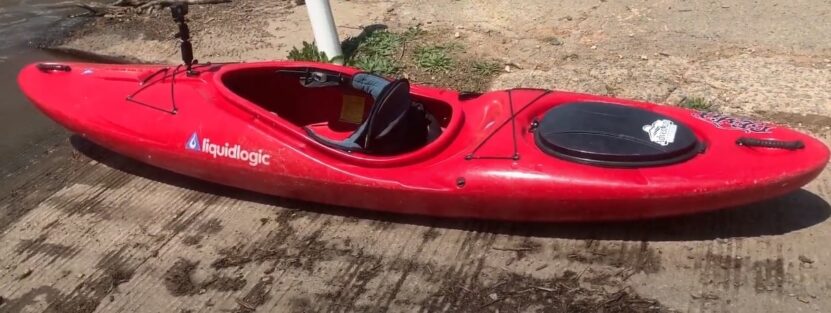
- Ideal for both flatwater and whitewater, offering great versatility.
- Larger models may not be suitable for smaller paddlers.
3. AIRE Force
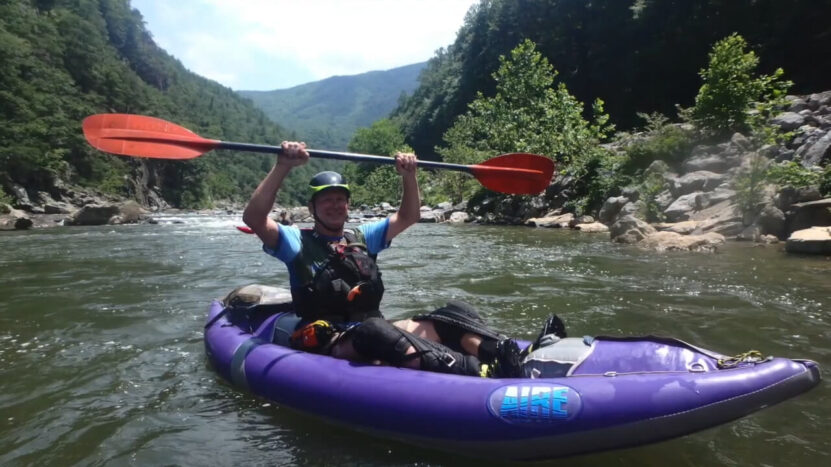
- High-performance kayak, suitable for intermediate to advanced paddlers. Excellent control of technical rapids.
- Higher price range.
FAQs
Last Words
A well-built kayak ensures better performance, enhanced safety, and greater durability. Models like the LiquidLogic Remix XP and Dagger Mamba are perfect examples of high-quality kayaks designed to handle anything the river throws at them.
While the upfront cost may seem steep, the long-term benefits far outweigh the initial investment. You’ll experience more enjoyable trips, fewer repairs, and a greater sense of security knowing you’ve made a wise choice.
When selecting your kayak, focus on durability, stability, and performance to ensure you’re fully prepared for your next whitewater adventure.

